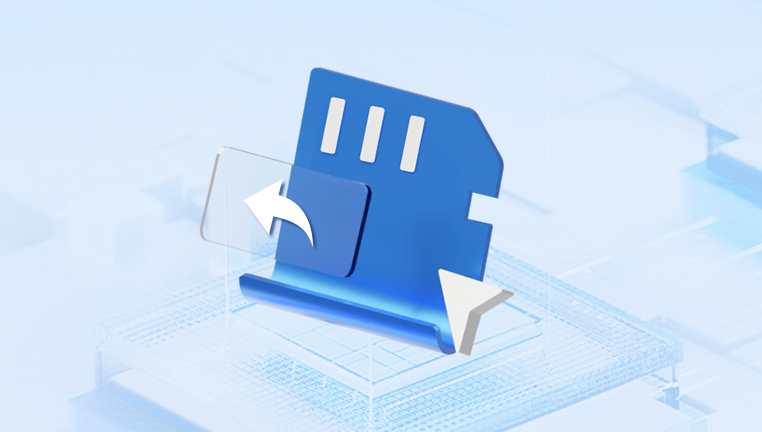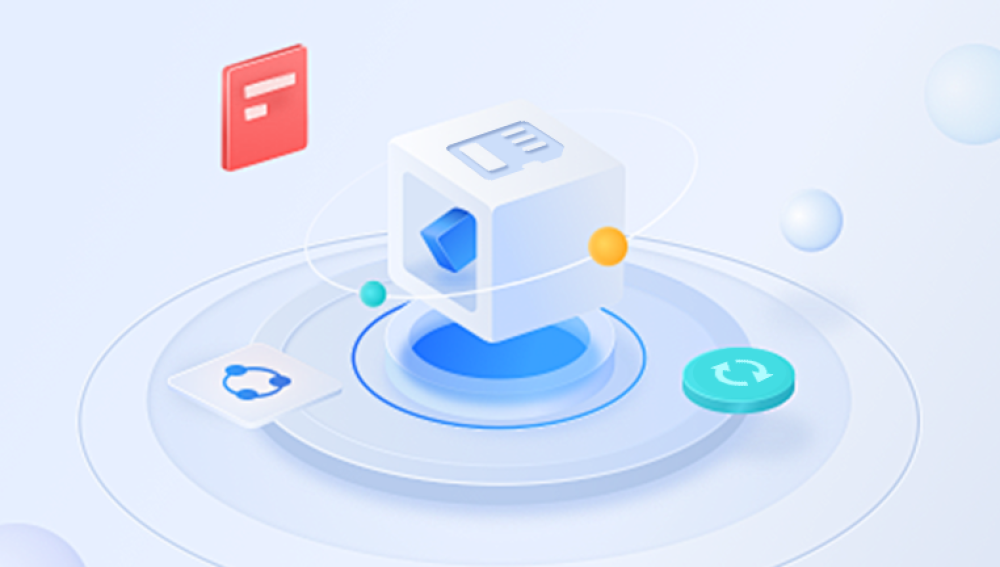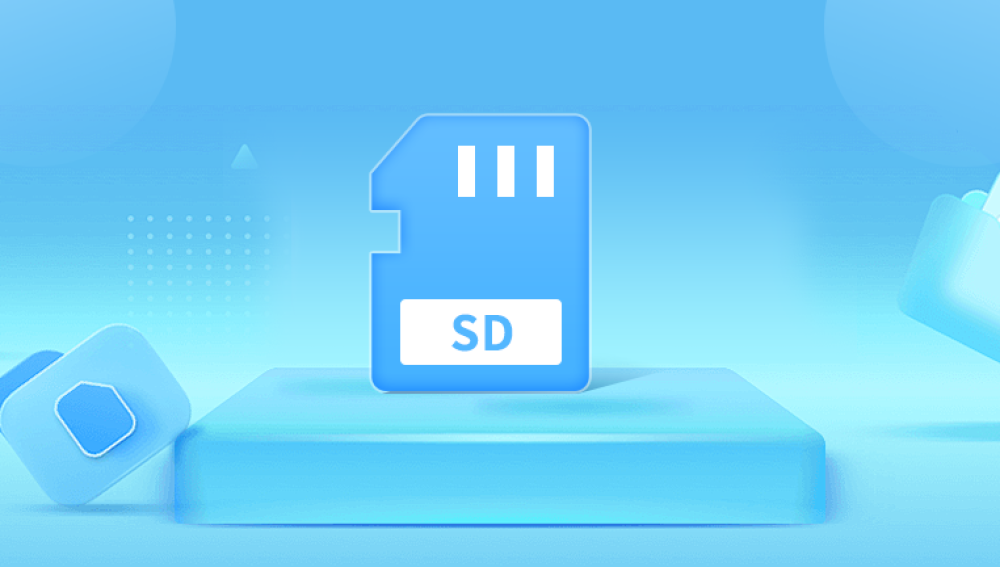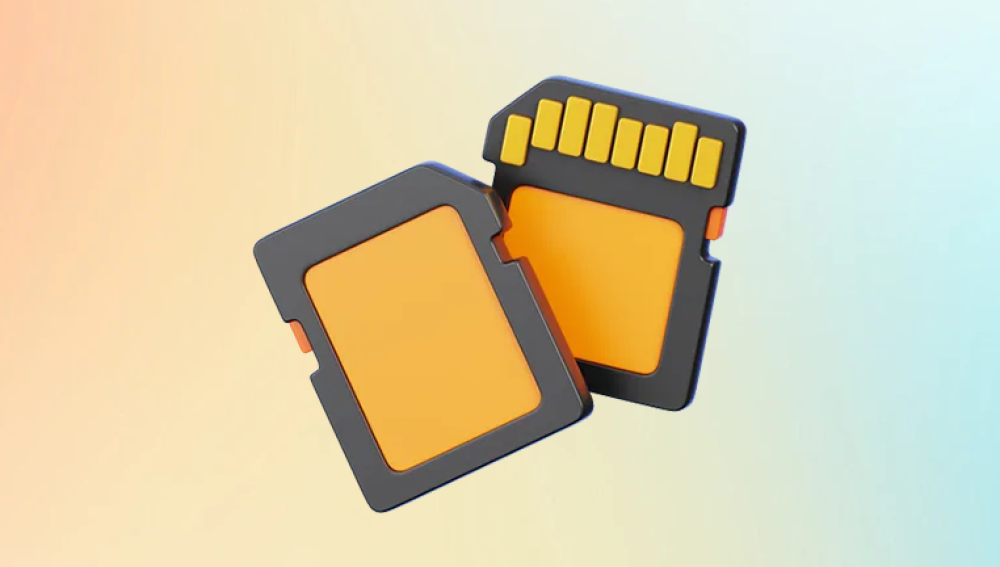Digital photography has made capturing these moments easier than ever, and SD cards have become the primary storage medium for images. However, as we use SD cards in our cameras, smartphones, or other devices, they are susceptible to being formatted by accident, which can result in the loss of valuable photos.
Data loss is a common issue many face, but the good news is that formatting an SD card doesn't necessarily mean your photos are gone forever. In fact, there are several methods available to recover lost pictures from an SD card, even after it has been formatted. Understanding how data recovery works, as well as knowing what steps to take and the tools available, can significantly increase your chances of restoring those priceless memories.

Chapter 1: SD Card Formatting
What Is Formatting?
Formatting an SD card refers to the process of preparing the card for use by deleting its existing data and creating a new file system. There are two main types of formatting:
Quick Format – A quick format removes the file system structure, making the files inaccessible, but the actual data is still present on the card.
Full Format – A full format not only removes the file system but also attempts to overwrite the data, making it harder to recover.
Formatting doesn't actually erase the data immediately; it simply removes the pointers to the files, meaning the space previously occupied by those files is marked as available for new data. This is why, in most cases, formatted files can be recovered if no new data has been written over them.
Why SD Cards Get Formatted
There are several reasons why an SD card might get formatted. Some of the most common include:
Accidental Formatting: Mistaking the SD card for another drive and accidentally selecting the “format” option.
Corruption: File system corruption can render an SD card unreadable, prompting users to format it to restore access.
Error Messages: Errors like “SD card not formatted” may appear, leading to an automatic format attempt.
Use in Multiple Devices: Using an SD card in different cameras or devices can sometimes lead to incompatibility, prompting a reformat.
Regardless of the reason, it is important to note that formatting doesn't necessarily mean that the files are gone forever.
Chapter 2: How Data Recovery Works
Before diving into the specific steps for recovering photos from a formatted SD card, it's essential to understand the process of data recovery. When you format an SD card, the data isn’t entirely erased. Instead, the file system is cleared, and the space previously occupied by the files is marked as available for new data. If no new data has overwritten the old files, recovery is often possible.
Data recovery works by scanning the SD card for remnants of deleted or lost files, then rebuilding the lost data based on the remaining information on the card. The success of recovery depends on several factors, including:
The Type of Format: A quick format generally offers a higher chance of recovery, as only the file system is deleted, while a full format may make it more difficult, especially if the data has been overwritten.
Time Passed: The longer you wait to attempt recovery, the higher the chances of the space occupied by your old data being overwritten by new files, decreasing the likelihood of successful recovery.
Tools Used: The recovery software or methods you use can significantly impact your success rate.
Chapter 3: Steps for Recovering Photos from a Formatted SD Card
Step 1: Stop Using the SD Card Immediately
As soon as you realize that your SD card has been formatted, it's important to stop using it immediately. This is crucial because writing new data to the SD card can overwrite the space previously occupied by your photos, making them harder or even impossible to recover. Remove the card from your camera, smartphone, or other device and set it aside until you're ready to begin the recovery process.
Step 2: Choose a Data Recovery Method
There are several methods for recovering photos from a formatted SD card, each varying in complexity and effectiveness. The best approach will depend on your technical knowledge, the tools at your disposal, and the level of damage to the SD card.
1. Using Data Recovery Software Data recovery software is one of the most popular and effective methods for retrieving lost photos from a formatted SD card.
Drecov Data Recovery is a comprehensive and easy-to-use data recovery software designed to help users recover lost or deleted files from various storage devices, including hard drives, SD cards, USB drives, and more. Whether you've accidentally deleted files, lost data due to a system crash, or need to recover data from a formatted device, Drecov Data Recovery offers a reliable solution.
The software supports a wide range of file types, including documents, photos, videos, and emails, ensuring that you can recover most types of data in just a few clicks. Drecov Data Recovery uses advanced scanning algorithms to search for recoverable files, even from devices that have been formatted or corrupted.
Deep Scan: Searches your storage devices for traces of lost files that are not immediately visible.
File Preview: Allows you to preview recoverable files before restoring them, ensuring you get the files you need.
User-Friendly Interface: Designed with simplicity in mind, Drecov Data Recovery makes it easy for anyone, from beginners to experts, to recover lost data.
Free Trial: The software offers a free trial, allowing users to assess its capabilities before purchasing the full version.
How to use data recovery software:
Download and Install the Software: Install the data recovery software on your computer, ensuring you do not install it to the SD card you wish to recover data from, as this may overwrite your data.
Connect the SD Card to Your Computer: Use an SD card reader to connect the card to your computer.
Launch the Recovery Software: Open the recovery program and select the formatted SD card as the target drive.
Scan for Lost Files: Run the deep scan or a full scan to search for deleted files. This process may take some time depending on the size of the card and the software used.
Preview and Recover Files: Once the scan is complete, the software will display a list of recoverable files. Preview the files, select the ones you want to recover, and save them to a different storage location (not on the SD card).
2. Using Command-Line Tools (Advanced Users) For advanced users, command-line tools like TestDisk can be used to recover data from formatted SD cards. These tools provide a more granular level of control and may offer a higher success rate in certain situations. However, they require more technical expertise and knowledge of how file systems work.
3. Professional Data Recovery Services If the above methods fail or you're unable to recover your files, it may be time to turn to professional data recovery services. These services can recover data from damaged, corrupted, or formatted SD cards by using specialized tools and techniques. While they can be expensive, professional recovery services offer the highest chances of retrieving your files, especially in cases of physical damage to the SD card.
Step 3: Prevent Future Data Loss
After successfully recovering your photos from a formatted SD card, it's important to take steps to prevent data loss in the future. Some useful tips include:
Regular Backups: Make regular backups of your photos and other important data to a reliable storage medium, such as an external hard drive or cloud service.
Use Multiple Storage Devices: Don’t rely solely on one SD card or storage device. Use multiple devices and periodically transfer your photos to different locations.
Avoid Formatting by Accident: Be mindful of when you format an SD card. Always double-check before performing any formatting operation, especially if you’re using the card in multiple devices.
Safely Eject the SD Card: Always eject your SD card safely from your device to avoid corruption or potential data loss.
Recovering photos from a formatted SD card is not always as daunting as it may seem. By understanding the principles of data recovery and using the right tools, you can significantly increase your chances of retrieving those precious memories. Whether you choose to use data recovery software, command-line tools, or professional services, remember to act quickly to avoid overwriting your data.




